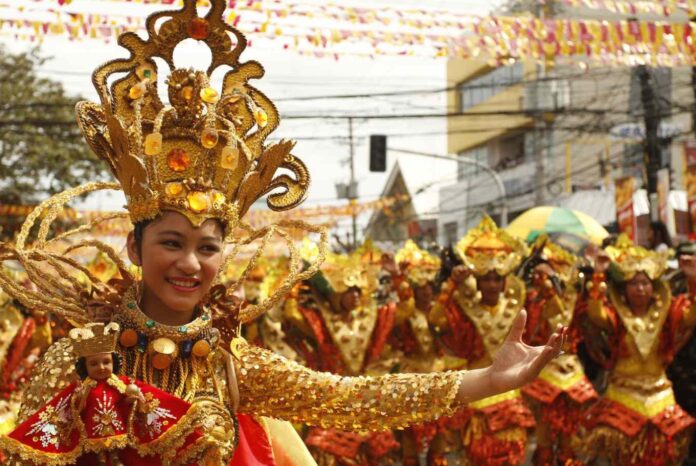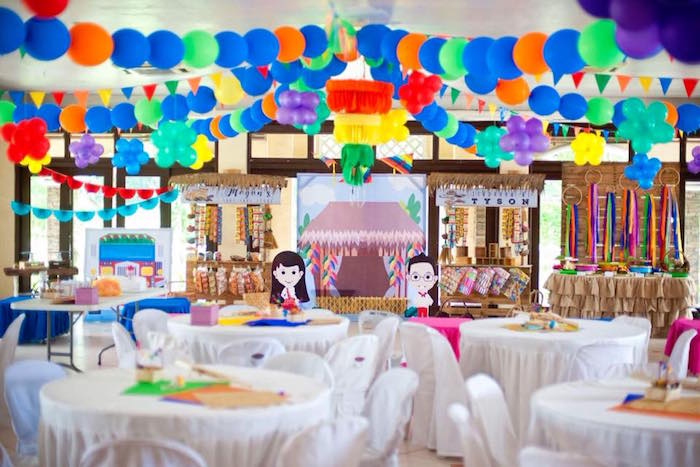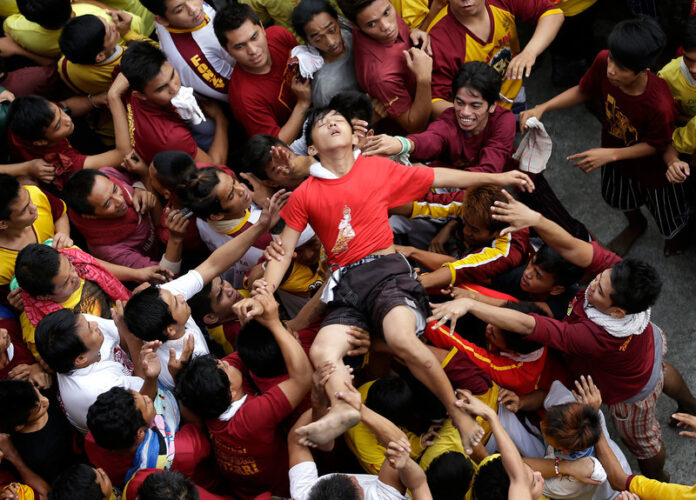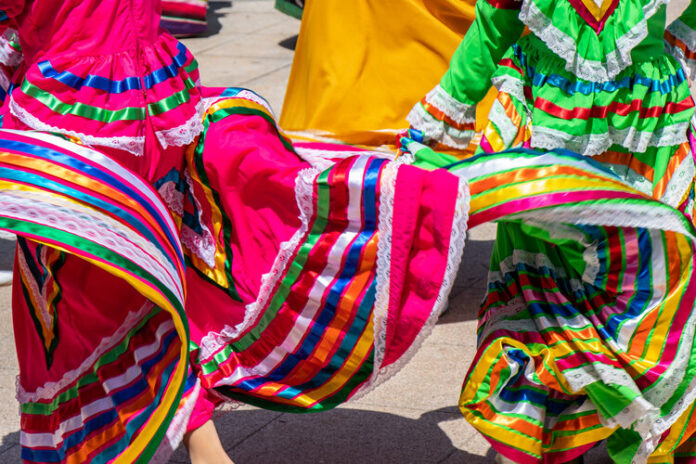Filipino culture is renowned for its vibrant celebrations and festive gatherings. Parties in the Philippines come in various forms, each uniquely reflecting the rich tapestry of traditions and values embedded in the archipelago. From religious fiestas to milestone celebrations, these gatherings serve as important social events, fostering connections and creating lasting memories. In this article, we will explore different types of Filipino parties and examine how they differ from celebrations in other cultures.
1. Fiesta Culture

One of the most distinctive features of Filipino celebrations is the fiesta, an elaborate festival held in honor of a patron saint. Each town or barangay (neighborhood) hosts its own fiesta, marked by religious processions, traditional dances, and an abundance of local delicacies. The fiesta spirit is characterized by hospitality, with households opening their doors to guests and offering a feast of food and drinks. While other cultures have religious festivals, the Filipino fiesta uniquely combines religious fervor with a strong sense of community, showcasing the Philippines’ deeply rooted Catholic heritage.
2. Debut Celebrations
The debut is a significant coming-of-age celebration in Filipino culture, marking a young woman’s transition to adulthood at the age of 18. Similar to the Western “sweet sixteen,” a debut is a grand affair featuring formal attire, cotillion dances, and a symbolic “18 Roses” presentation where the debutante receives roses from 18 important people in her life. Debut celebrations emphasize family ties and the importance of community, as friends and relatives come together to honor the young woman’s journey into adulthood.
3. Kiddie Parties

Children hold a special place in Filipino culture, and kiddie parties are elaborate affairs that go beyond traditional birthday celebrations. These parties often feature colorful decorations, lively entertainers, and a variety of games and activities for children to enjoy. The emphasis on creating a joyous and playful atmosphere for the young ones is a common thread in Filipino kiddie parties, making them distinct from more formal celebrations in other cultures.
4. Pamamanhikan
Pamamanhikan is a pre-wedding tradition that highlights the importance of family in Filipino culture. It involves the groom, accompanied by his family, formally visiting the bride’s family to seek their consent and blessing for the union. Unlike Western-style engagement parties, pamamanhikan emphasizes the merging of two families, fostering a sense of unity and cooperation. The event showcases the significance of familial ties and mutual respect, setting it apart from engagement customs in other cultures.
5. Street Parties and Parades

Filipinos have a knack for turning ordinary occasions into lively street parties. From New Year’s Eve celebrations to local barrio fiestas, the streets come alive with colorful decorations, music, and dance. The communal aspect of street parties fosters a sense of unity and shared joy, creating an atmosphere that is distinct from the more private celebrations found in some Western cultures.
6. Balikbayan Welcome Parties
Filipinos who work or live abroad and return to their homeland are often welcomed with grand parties known as “Balikbayan” celebrations. These gatherings are filled with heartfelt reunions, cultural performances, friendly games like tongits and a feast of Filipino dishes. Balikbayan parties symbolize the importance of family ties and the warmth with which returning overseas Filipinos are welcomed back into their communities, showcasing the unique Filipino sense of hospitality and connection.
Differences from Other Cultures

While celebrations and parties are universal, Filipino gatherings stand out for their emphasis on family, community, and hospitality. The strong influence of Catholicism, the value placed on relationships, and the blending of traditional customs with modern influences contribute to the unique flavor of Filipino celebrations. The communal nature of Filipino parties, often involving entire neighborhoods or extended families, distinguishes them from more individualistic celebrations in some Western cultures.
Conclusion
Filipino parties are a reflection of the nation’s rich cultural heritage, emphasizing the values of family, community, and hospitality. Whether it’s the grandiosity of a fiesta or the intimate nature of a pamamanhikan, these gatherings showcase the unique Filipino spirit and the importance placed on shared experiences. As the Philippines continues to celebrate its diverse traditions, these distinct parties serve as a testament to the enduring bonds and vibrant cultural tapestry that define the archipelago.





![Calgary’s Hottest Neighborhoods for Luxury Homebuyers [2024]](https://thewashingtonote.com/wp-content/uploads/2024/04/Calgary-324x160.png)



